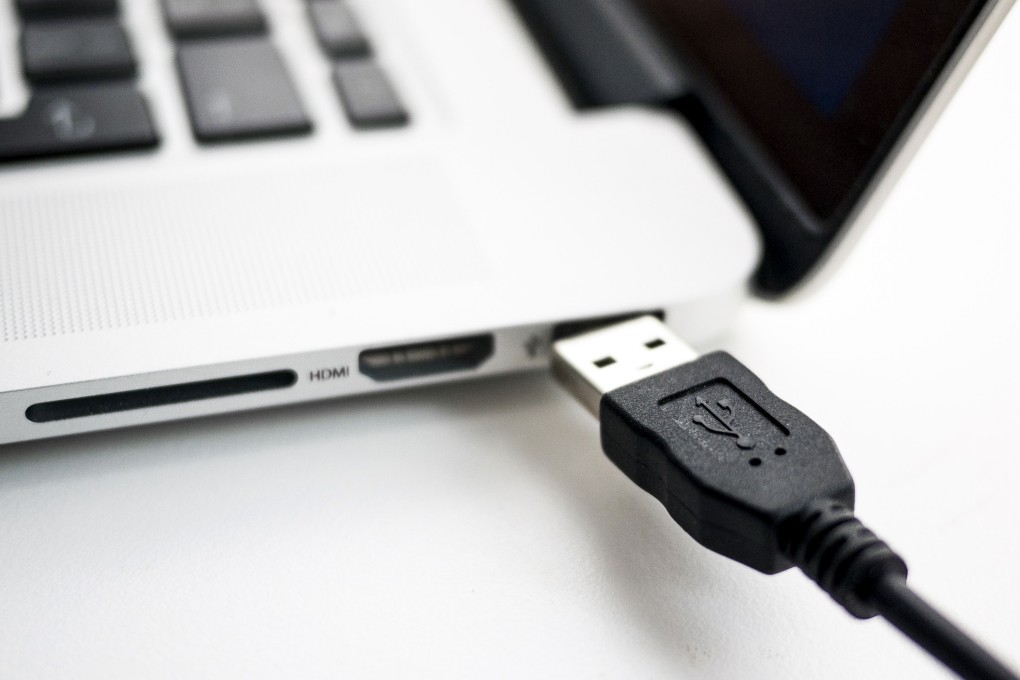Keyboards, mice and thumb drives used to hide malware, and computers powerless to detect it
Keyboards, mice and thumb drives used to load malware computers aren't built to detect; it can control your system, corrupt or destroy data

USB devices such as keyboards, thumb drives and mice can be used to hack into personal computers in a potential new class of attacks that evade all known security protections, a top computer researcher revealed yesterday.
Karsten Nohl, chief scientist with Berlin's SR Labs, said hackers could load malicious software onto tiny, low-cost computer chips that control functions of USB devices but which have no built-in shields against tampering with their code.
Computers do not detect the infections when tainted devices are inserted because anti-virus programs are only designed to scan for software written onto memory and do not scan the "firmware" that controls the functioning of those devices.
"You cannot tell where the virus came from. It is almost like a magic trick," said Nohl, whose research firm is known for uncovering major flaws in mobile phone technology.
The finding shows that bugs in software used to run tiny electronics components that are invisible to the average computer user can be extremely dangerous when hackers figure out how to exploit them. Security researchers have increasingly turned their attention to uncovering such flaws.
Nohl said his firm had performed attacks by writing malicious code onto USB control chips used in thumb drives and smartphones. Once the USB device is attached to a computer, the malicious software can log keystrokes, spy on communications and destroy data, he said.